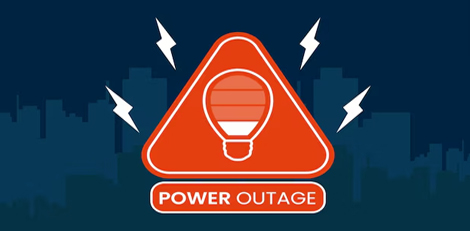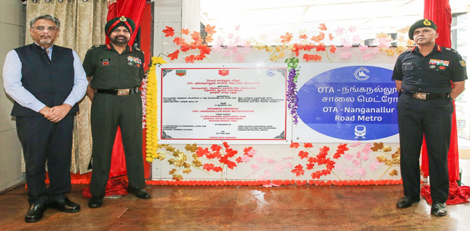Leap Second Will Extend Final Minute of 2016
Posted on: 30/Dec/2016 3:37:52 PM

One rotation of the Earth has been calculated based on the time of an occurrence. This is calculated by astronomic hours clock.
The advent of atomic clocks paved way for a more precise atomic timescale.Unfortunately, discrepancy would eventually occur between the astronomical time, which is based on the length of one Earth day, and the atomic time, which is measured by about 400 atomic clocks around the world.
Measurements show that the Earth, on average, runs slow compared to atomic time, at about 1.5 to 2 milliseconds per day.
Scientists have determined that after roughly 500 to 750 days, the difference between Earth rotation time and atomic time would be about one second.
The International Earth Rotation and Reference Systems Service (IERS) is the organisation which monitors the difference in the two time scales and calls for leap seconds to be inserted in or removed from UTC when necessary to keep them within 0.9 seconds of each other.
When the system was instituted in 1972, the difference between International Atomic Time and UTC was determined to be 10 seconds.
Since 1972, 26 additional leap seconds have been added at intervals varying from six months to seven years. The most recent was inserted on June 30, 2015.







